Gear round table: the future of the amp stack
Amp-makers, modellers and rockstars put their heads together
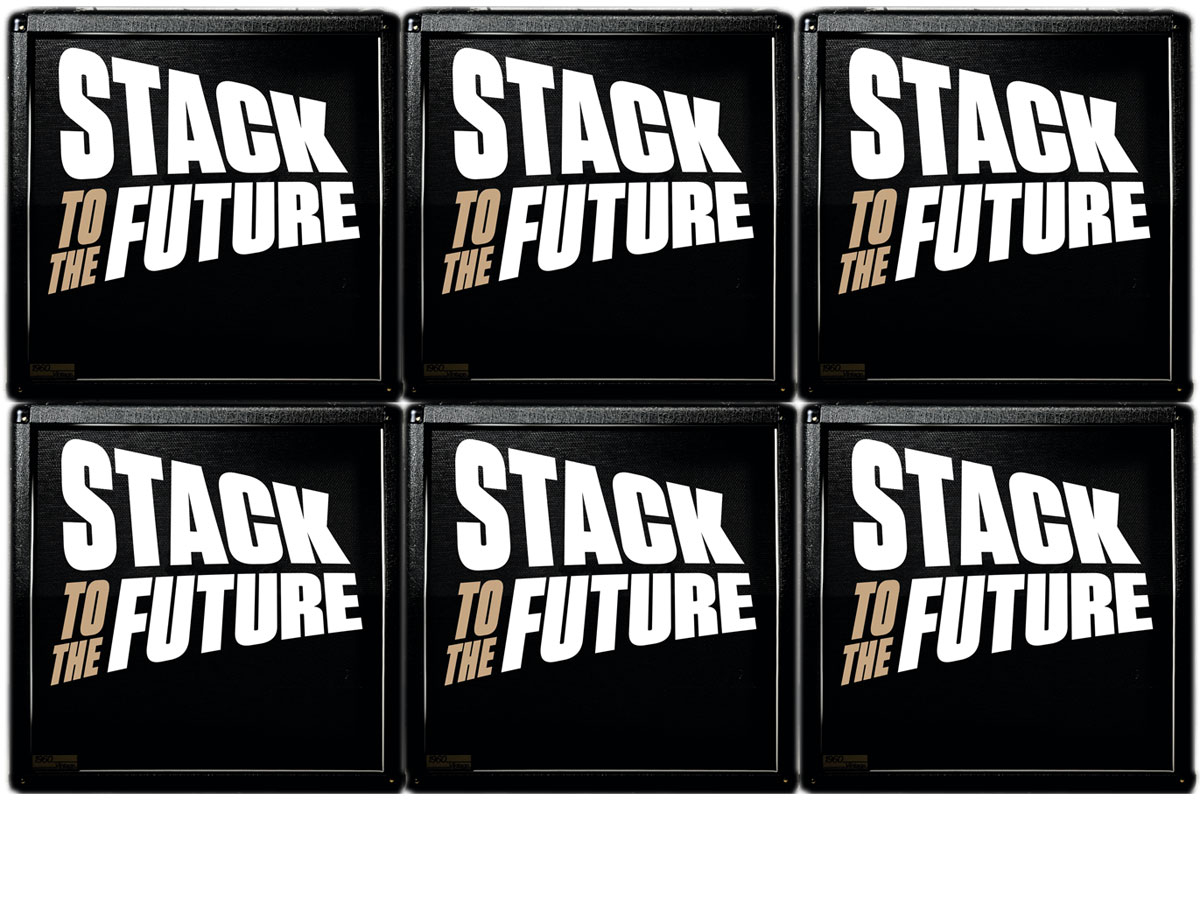
Introduction
The Marshall Stack is 50. As we celebrate a rock ’n’ roll icon, it’s time to look at where things stand for high-powered heads and cabs, and also where they might be heading. We’ve assembled a panel of experts from the gear, playing and retail worlds to see how things are stacking up for them - and for us...
First things first: what is a stack? Traditionally, it’s an amp head of 50 or 100 watts running through two 4x12 cabs (usually stacked on top of each other). A half-stack is an amp head running through one 4x12 cab. Often, one speaker will be mic’d through the PA.
"Is the stack still the desirable entity it was? Is practicality and technology tipping the scales towards alternatives?"
A stack onstage is an iconic sight, and after Marshall trailblazed the use of cabinets with its heads, many other companies, such as Orange, Mesa/Boogie, Blackstar and Peavey followed.
The company’s fortunes are synonymous with the rise of rock to some degree, and the image of Hendrix, Blackmore, Young and Clapton channelling electric voodoo and sonic chaos in front of their Marshalls remains the dream many, many players have aspired to.
Its impact on the sound and image of rock cannot be underestimated. It’s the stuff dreams are made of... even if the reality for some of us is the Dog & Duck on a Tuesday night.
But even if it’s just a 4x12 or two, anyone who’s used and lugged a stack around will know they’re heavy, even if the payoff is serious onstage grunt for your sound. Is the stack still the desirable entity it was? Is practicality and technology tipping the scales towards alternatives? 50 years in seems a good time to take stock of the stack.
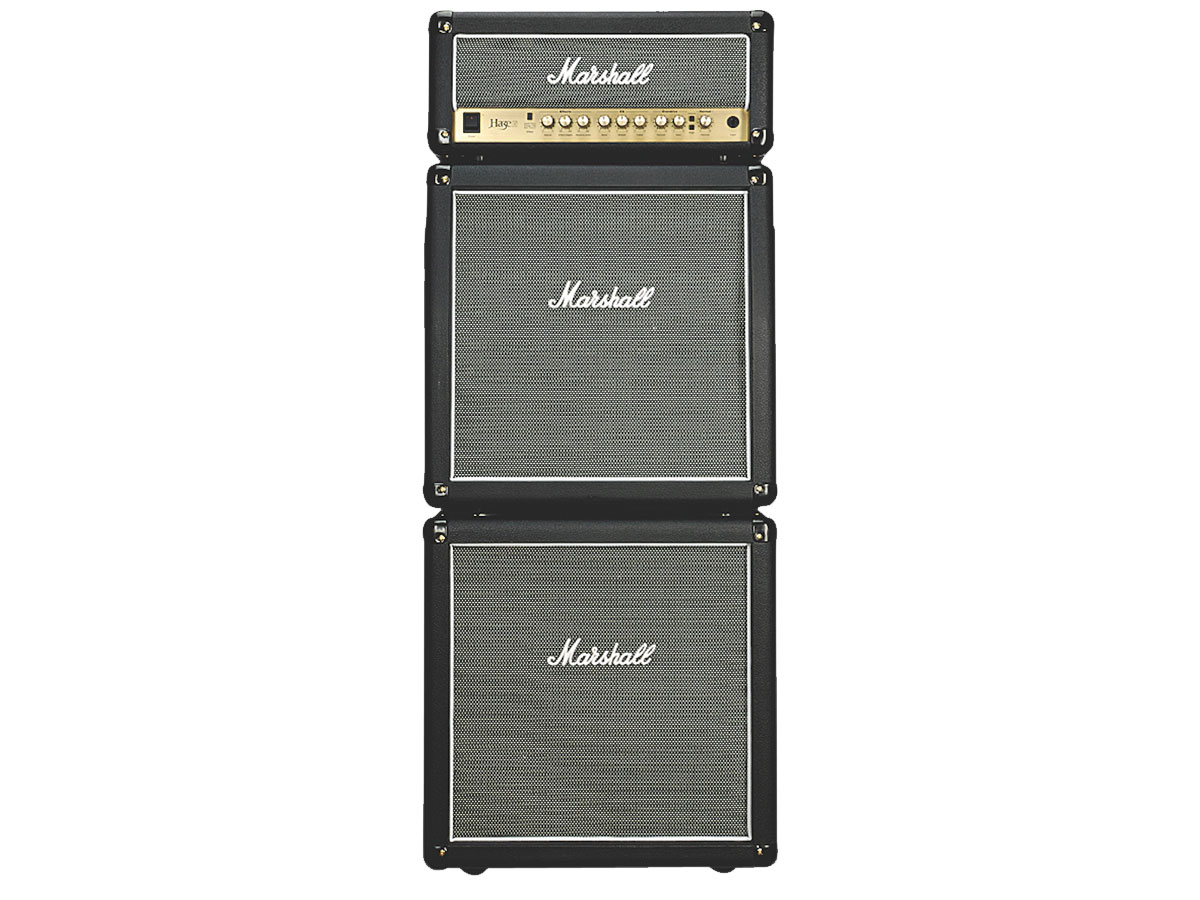
Is the stack under threat?
As we reach this milestone in amp history, companies are still producing high-powered heads and cabs, alongside the rest of their expansive product lines, and many players are using them, including plenty of guitar heroes. But it’s impossible for us to ignore the number of modelling units such as Fractal’s Axe-Fx or Kemper’s amp profiler that we’re seeing on our rig tours and interviews with artists.
Rising freight costs and practicality play a part, but for all players, the rise of mini heads is also worth noting. If players are using in-ears, the benefits of loud onstage cabs seem negligible to anyone beyond the first two rows of a crowd. But there’s no doubt digital modelling has made huge leaps, too. Are tastes veering away from the high- powered heads?
"Head-and-cab sales are down, but I don’t think that means that guitarists don’t want to play stacks any more, or don’t aspire to use them" - Joel Richardson, Blackstar
Joel Richardson (Head of marketing, Blackstar Amplification): "Sales data shows us that head-and-cab sales are down, but I don’t think that means that guitarists don’t want to play stacks any more, or don’t aspire to use them.
"In the current climate, guitar players have to look for economical solutions to get their tone. If you look at the second-hand market, head-and-cab sales are vibrant, which shows a lot of players still want that stack look and sound."
Mikael Åkerfeldt (Singer/guitarist, Opeth): "They’re developed to be played loud. For big stages and big rooms. You can’t escape that fact. But with more and more people moving to in-ear monitors - and we use those, too - I guess the need for that power is waning but again... we still do it the way it’s meant to be done."
Shane Nicholas (Director of product development: Amplifiers, Fender): "At Fender, we’ve seen the popularity of small and medium-sized combos increase, while the larger rigs have trended downward. I don’t see that changing any time soon... you can point to the desceasing number of big rock venues, and the proliferation of in-ear monitors."
Adrian Haselhuber (Director of product management, Line 6): "We see more and more customers looking for alternatives to large-format amps, be it lower-wattage tube amps or digital modelling solutions.
"Modelling solutions seem to have gained a lot of popularity due to the advantages of digital devices. Weight and size is much smaller; one can plug straight into the PA system and hear exactly what the audience will hear. Total recall makes configuring sounds for the next gig a breeze, and lastly, one has the choice of ear-splitting volume on stage or a totally silent stage with in-ear monitoring."
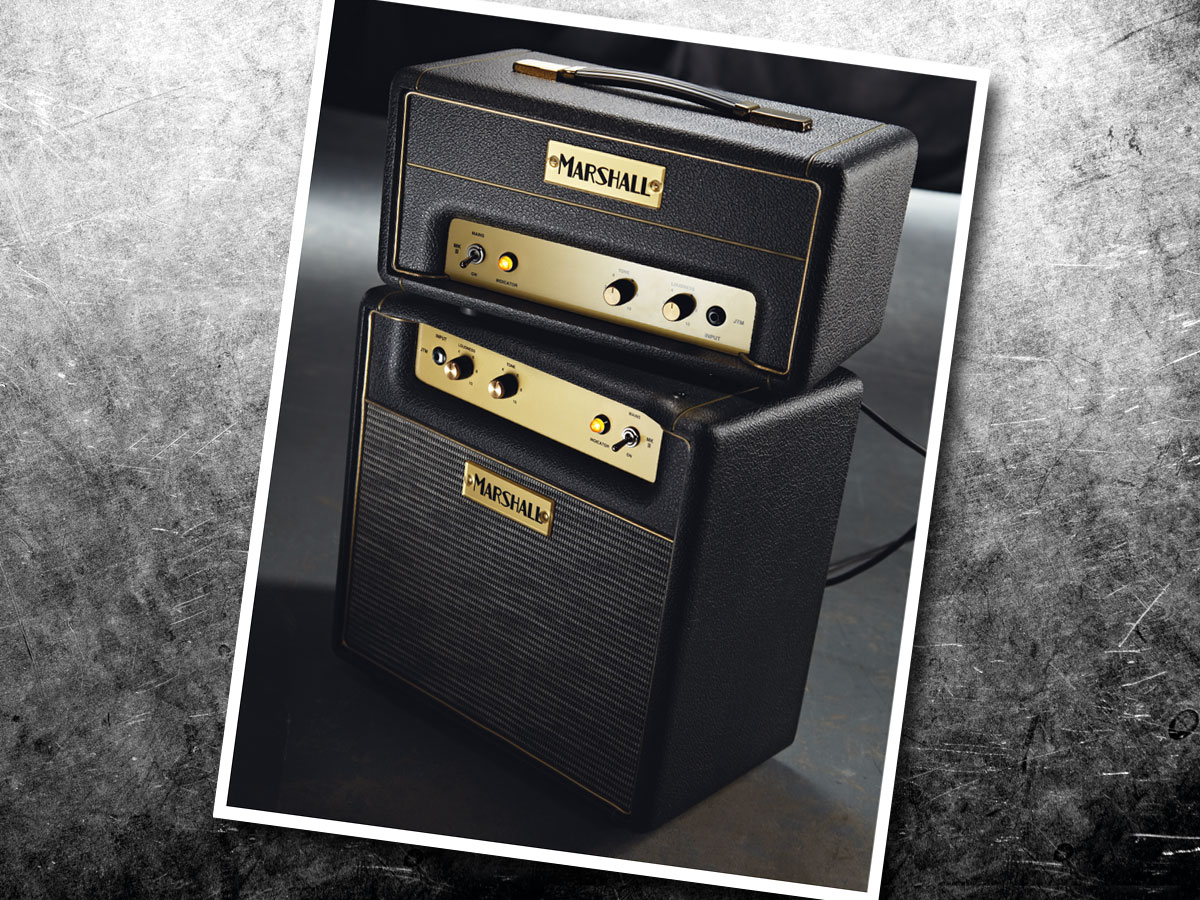
Stacking the odds
Lee Anderton (Managing partner, Andertons Music Company): "Small is beautiful! Sales of 100-watt heads and 4x12s are about as low as I can remember. People still want valves, but the sub 30-watt heads/combos are much more popular these days.
"Why? I think it’s a mix of things. The biggest driver is simply that people don’t need super-loud amps any more, but I do think manufacturers, stores and magazines need to do a better job of informing guitarists about the differences in tone between low- and high-powered heads.
"We can see a new generation coming up where their dream amp is a rack-based modelling rig, mostly driven by artist association" - Julian Ward, Yamaha
"Amp-buying decisions shouldn’t just be about volume - it always amazes me how little actual volume difference there is between a 25-watt a 100-watt valve amp. We need to move the decision-making process away from just power, and get it focused around tone."
Julian Ward (International guitar marketing and product planning manager, Yamaha Corporation): "Our icons are all pictured in front of an 8x12 Marshall stack or a tread-plate Rectifier, that’s still going to be the Holy Grail of amps. But we can see a new generation coming up where their dream amp is a rack-based modelling rig, mostly driven by artist association.
"We’ve seen it before with the rack movement in the 80s, so there could be an element of cyclical change in it, but it’s impossible to argue that things haven’t changed.
"How people play is very different and, when they do gig, the expectations at those gigs are totally different - largely around less and less onstage volume. We just have to figure out how to make the stack relevant to today’s player. I think we have a duty to do it, though - stacks are just cool."
Christoph Kemper (Founder, Kemper Amps): "Versatility is ultra-important. Of course, the very tone that defines you as a player is crucial in the first place, but then you always have to be able to deliver a lot of different flavours of your tone, especially if you are playing in tribute bands, [playing] support [to] artists, and so on. Not too many players can get away with just that one amp tone any more."
Matt Picone (Director of corporate development, Fractal Audio Systems): "Another change has been powered by the revolution in recording technology, where a viable guitar recording can come out of a bedroom or a bus - spaces where you can’t crank or properly mic an amp - so killer sound at low levels is the demand.
"This plays into respected front-of-house guys all calling for the death of ‘stage volume’ to bring better sound to audiences. Or even the many customers who tell me they want to sound great practising while the baby sleeps in the room above."
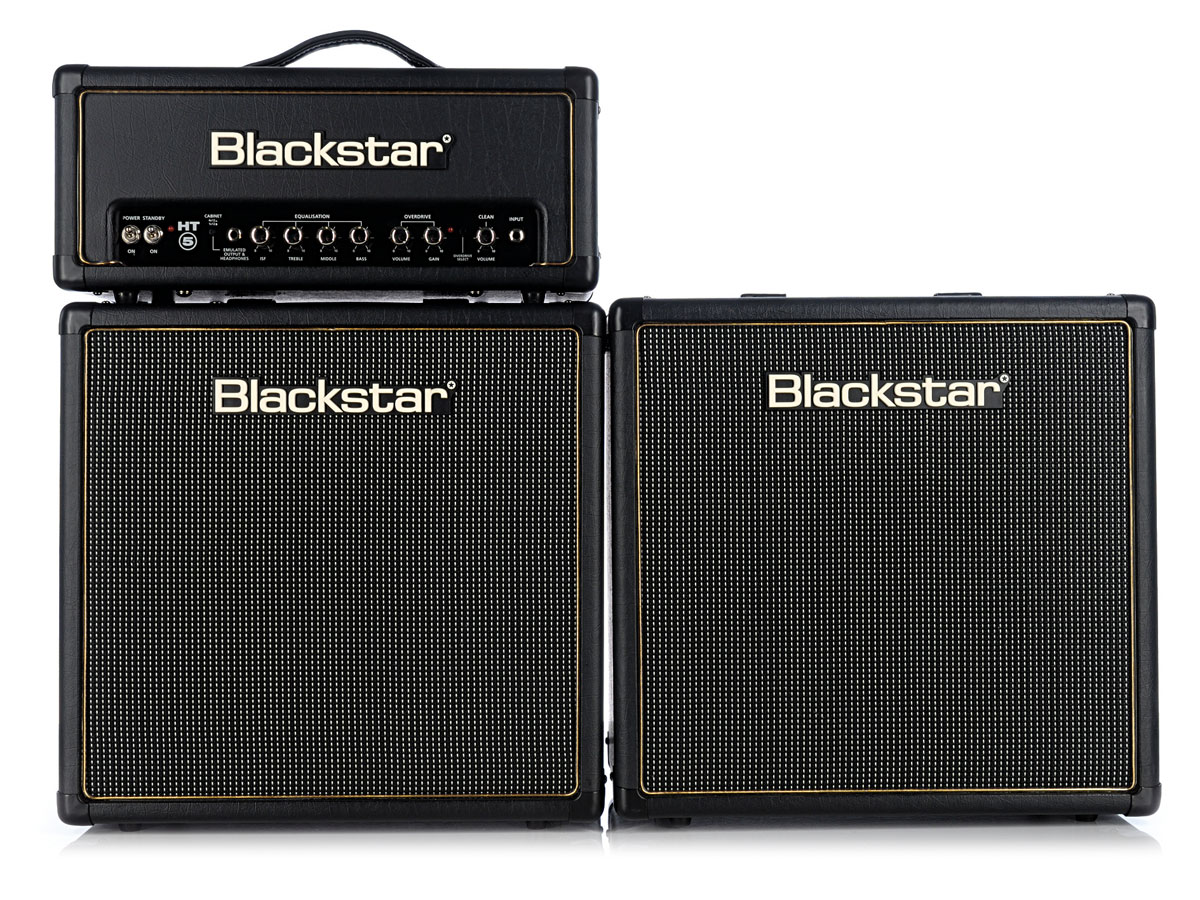
More than a feeling?
You may sometimes hear the phrase ‘pushing air’ from stack users. It’s not a term you can take literally, more the physical feeling of a tube, or indeed solid-state, head pushing 12-inch speakers behind you onstage. What is this strange relationship between amp and player? Can the sensation even be modelled?
Adrian Haselhuber (Line 6): "Absolutely. The quality of digital modelling has greatly improved over the past few years, and arguably has reached a level where, with certain products, one can no longer reliably identify the amp or the model. If a lot of ‘pushing air’ is required, there is no shortage of incredibly powerful full-range amp and speaker systems on the market today."
Misha Mansoor (Guitarist, Periphery): "If I plug my Axe-Fx through a tube power amp and to a cab, yes, absolutely. Through a [Full Range Flat Response monitor], not so much.
"I still walk back to my amps and feel like a 14-year-old kid standing by his amps with his guitar, which is still very exciting" - Joe Satriani
"We actually have our Axe-Fx units going through a power amp and cab live just for stage sound; the direct signal goes to front-of-house. We all use in-ears live, so we aren’t hearing the cabs, or getting the ‘pushed air’ vibe on stage as a result, but hopefully, the first few rows and the people watching side stage do."
Chistoph Kemper: "Well this is a big subject, because ‘pushing air’ on stage efficiently does not happen any more. Because amps and cabs live somewhere behind or even under the stage so the player, his fellow musicians on stage and the audience do hear ‘just the mics’, essentially. We are convinced that with our profiling technology we have captured the amp-mic combination very well.
"For the ones who can enjoy the ‘pushing air’ feel because they play small clubs or in the rehearsal room or in the studio, we have the 600-watt stack available already.
"The Profilers come with optional 600-watt power amps, which our users use to drive regular guitar cabs for personal monitoring. So the solutions for serious ‘pushing air’ based around digital technology are already here."
Joe Satriani: "The way that we feel the music onstage is often based on how close we are to the sound source. When I was playing with Mick Jagger back in ’88, I had a Marshall stack: I was running Randall amps, through Marshall power amps, through a Marshall stack that was tucked away under the stage, but I never heard the damn thing!
"I never rely on monitors - I barely use them on stage. So, it’s important for me to have my amps" - Gus G
"I relied entirely on these monitors, because if you laid that stage out in a straight line, it was a quarter of a mile. It was ridiculous. There were ramps and wings - so I never had that feeling like I was near my amp.
"Now, I have the good fortune to be able to do a lot of shows where I’m kind of close, I’m just 15-to-20 feet away from my two 4x12 cabinets, so I can still feel it. I can still walk back to my amps and feel like a 14-year-old kid standing by his amps with his guitar, which is still very exciting.
"But most of the time for performers, the bigger the venue, the further away you are from the source of your sound and you really are listening to monitors.
"I’d say more than a half now are listening to their guitars through in-ear monitors. That seems like a bit of a sin to me. I still don’t do that. I prefer to just use some foam earplugs to take the edge off the sound, but I like the localised sound of your guitar coming out of an amp behind you."
Gus G (Guitarist, Ozzy Osbourne, Firewind and solo): "It is the source of my tone, my church. That’s why I call it ‘the church of distortion’. I personally have an issue - I like to play LOUD on stage. While I’ve played with guys that are louder than me, I do like the headroom from a real cabinet, the way it sounds.
"I never rely on monitors - I barely use them on stage. So, it’s important for me to have my amps. When I play with Ozzy, I use the four bottom cabs at the same time. It covers a massive stage space; it’s my wall of sound. On huge arena and stadium stages, you take a step to the left or right, and the sound is different, so I need to have that frontline covered."
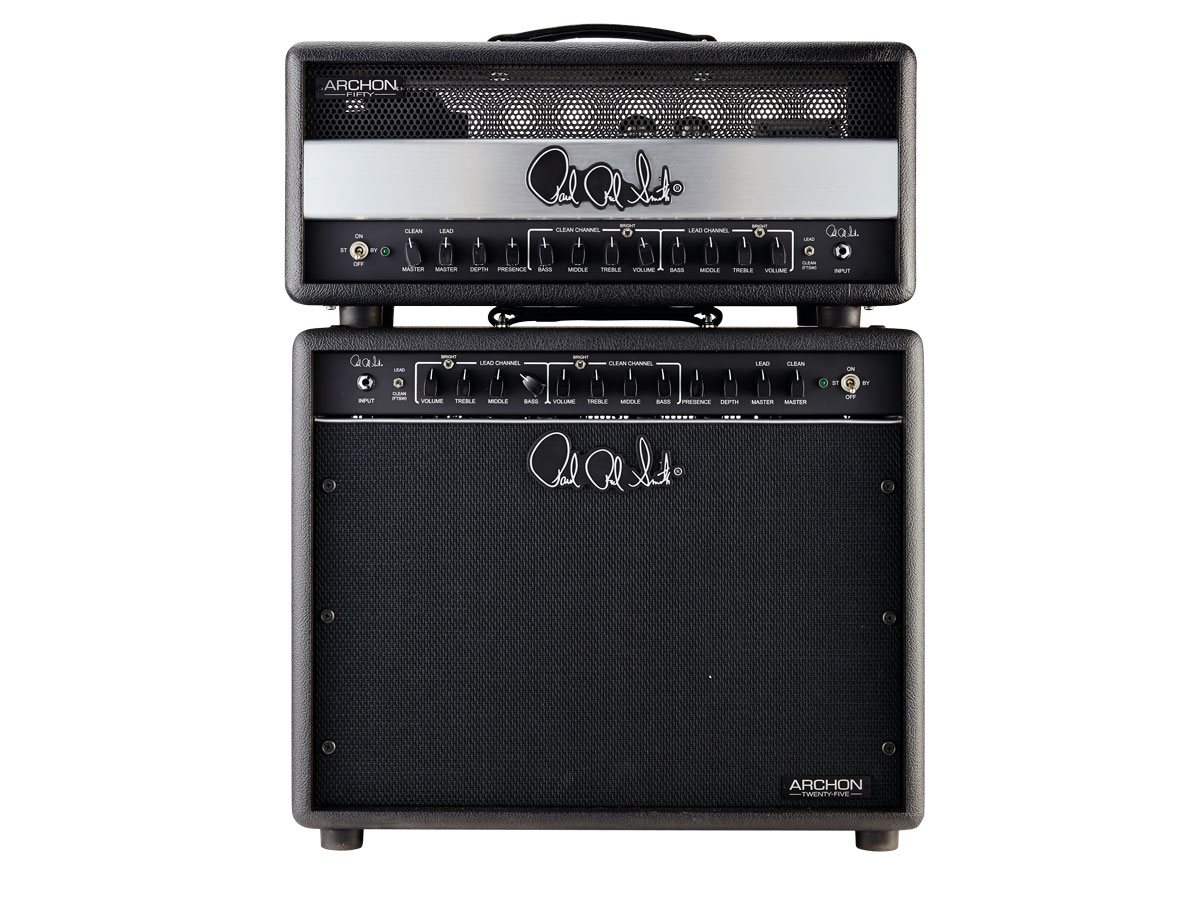
Something in the air
Julian Ward (Yamaha): "This is a complicated question, but yes. The idea of ‘pushing air’ is really important - and it depends on who’s getting the air pushed at them.
"If you’re in the audience at an arena show or a festival and you’re getting 250,000 watts of a great modelled guitar tone DI’d into the PA and thrown at you through a couple of hundred drivers, you won’t notice - or care - if it’s from EL34s and 12-inch speakers or silicone chips and a DI box. But it might feel different to the guitarist on-stage, which might change the performance - which you would notice.
"There are guitarists who like the safety and convenience of technology, of being able to bring their whole amplifier collection to the stage" - Mike Cahill, Marshall
"However, if the guitarist is banned from having their amp on stage and the whole band use in-ear monitors, provided the tone is good it won’t make any difference to them, either. But if the guitarist - or audience - can hear, or is dependent on their backline for monitoring, then it’s important that they get that sense of power and interaction, as it’s a big part of what will drive their playing and that makes a big difference to everyone.
"The interesting point here is that there isn’t actually a whole lot of difference between the tone of tube and digital preamps. Rather, it’s the power section that generates that feeling of pushing air that players want.
"The question, then, is whether we can get a solid-state power amp to really work and feel like a tube amp - and the short answer is yes. It’s not quite there yet, but it’s probably closer than you’d think."
Matt Picone (Fractal Audio): "I’m glad you put that in air quotes, because we all know pressure waves don’t actually blow like wind from a fan, but sound energy interacts with the guitar and performer and can be a very important component of a performance. I’d even say it’s intrinsic to many players, and even whole genres.
"The use of digital modelling amps has nothing to do with this, however. In the case of the Axe-Fx, you can send front-of-house a direct line with speaker simulation while simultaneously feeding a signal without cab sims to a real guitar speaker on stage.
"Perhaps another question to ask is, why are some players able to make the switch from a performance with this kind of ‘stage level’ to one without? Here, it all depends on the need of the player to interact with that zone of sound energy, and in many modern styles, I believe that this has become less important, especially with the advent of high-quality in-ear monitoring.
"Also, it is true that stage monitors and a house PA do also interact with the guitar, etc. I can think of cases where this question was marginalised a long time ago, with large stages where performers move around well away from their amp and its energised zone - or lack thereof, as in the ‘unloaded stack’ scenario! The question of an intimate interactive relationship between guitarist and amp is ultimately not related to the choice of digital or analogue equipment."
Mike Cahill (Marketing and new product, Marshall): "There are guitarists who like the safety and convenience of technology, of being able to bring their whole amplifier collection to the stage, being able to recall their preset sounds with the push of a button.
"And there are those who like the wind at their back, the voodoo of valves and stompboxes; the corporeal experience - the playing sensitivity and unpredictability of a loud, live performance."
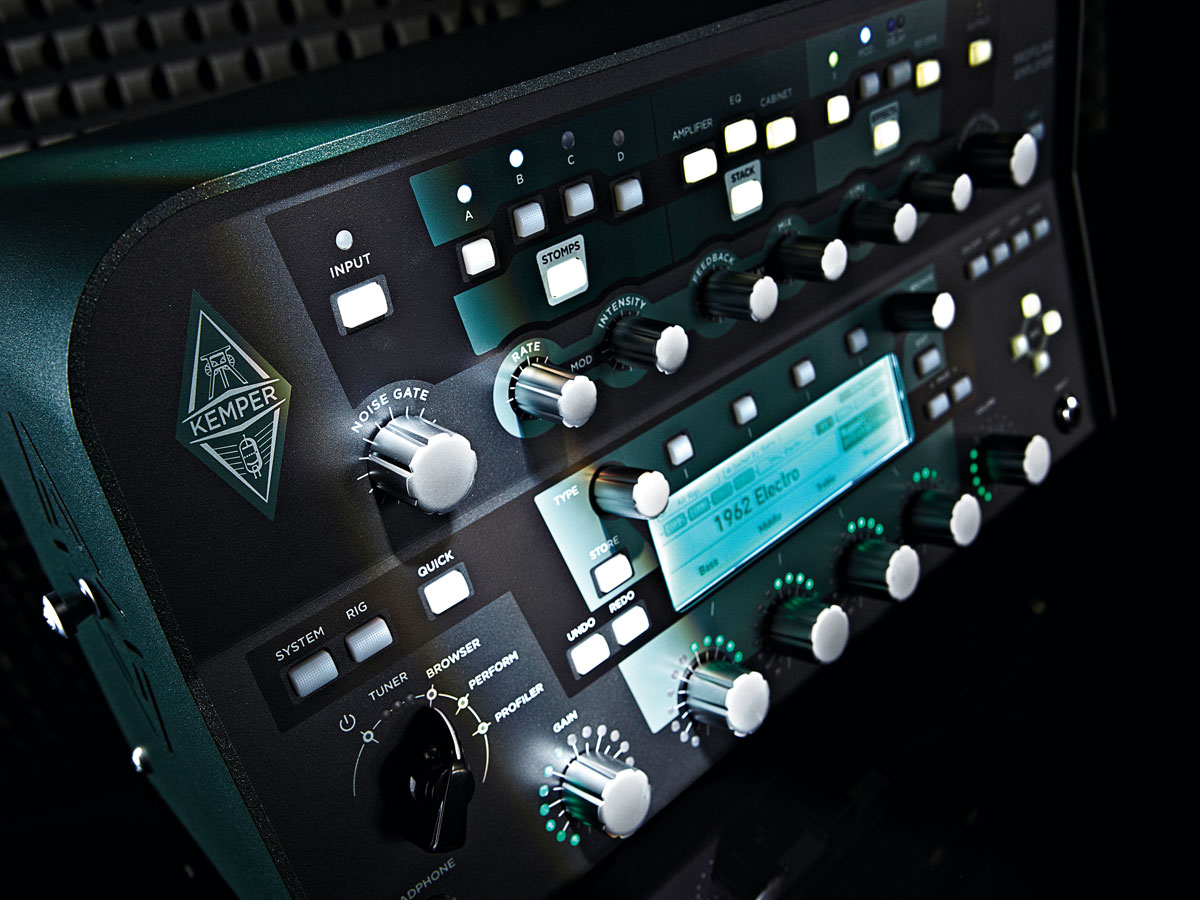
Stacking up
So, where now? We have players using modelling and tube technology, and for various purposes, too. Here’s our panel’s hopes and predictions for the future...
Misha Mansoor: "In my opinion, the biggest mistake people are making is treating this industry like there isn’t enough space for both. I am proof that there is. I absolutely would be lost without my Axe-Fx, and yet I still have a lot of amps and more pedals than I can count.
"The true amp sound combined with state-of-the art effects should be available to players in every situation" - Christoph Kemper
"This isn’t a ‘one size fits all’ industry, so there will always be options available to fit everyone’s tastes. I think the smart companies are developing with that in mind, just doing what they believe in, and I would love the MI industry to keep doing so!"
Christoph Kemper: "The true amp sound combined with state-of-the art effects should be available to players in every situation. Today, what you can achieve in the studio in terms of guitar sound is difficult to translate to the rehearsal room, club and pub gigs, and the big stage with traditional equipment."
Mikael Åkerfeldt: "To be honest, I think there will probably be technology one day that can do anything you require. But I maintain the idea of: if it worked for Blackmore, Page, Iommi, Hendrix and Jeff Beck, it works for me. I don’t need much of a change, and I don’t want much of a change either."
Gus G: "What guitar player doesn’t wish they could have six full stacks on stage or more? We all grew up seeing Angus Young’s wall of Marshalls and thought that was cool as fuck."
Matt Picone (Fractal Audio): "Tech shouldn’t require technicians. We’re all pushing the envelope in terms of ‘nailing the sound’, but there awaits a world of new ways for people to interact with gear. Bring the elegant simplicity of the Marshall stack to the unbridled potential of future tech and you’ll have something to watch. We’re also in an age of touch screens. Watch for that to become bigger in guitar."
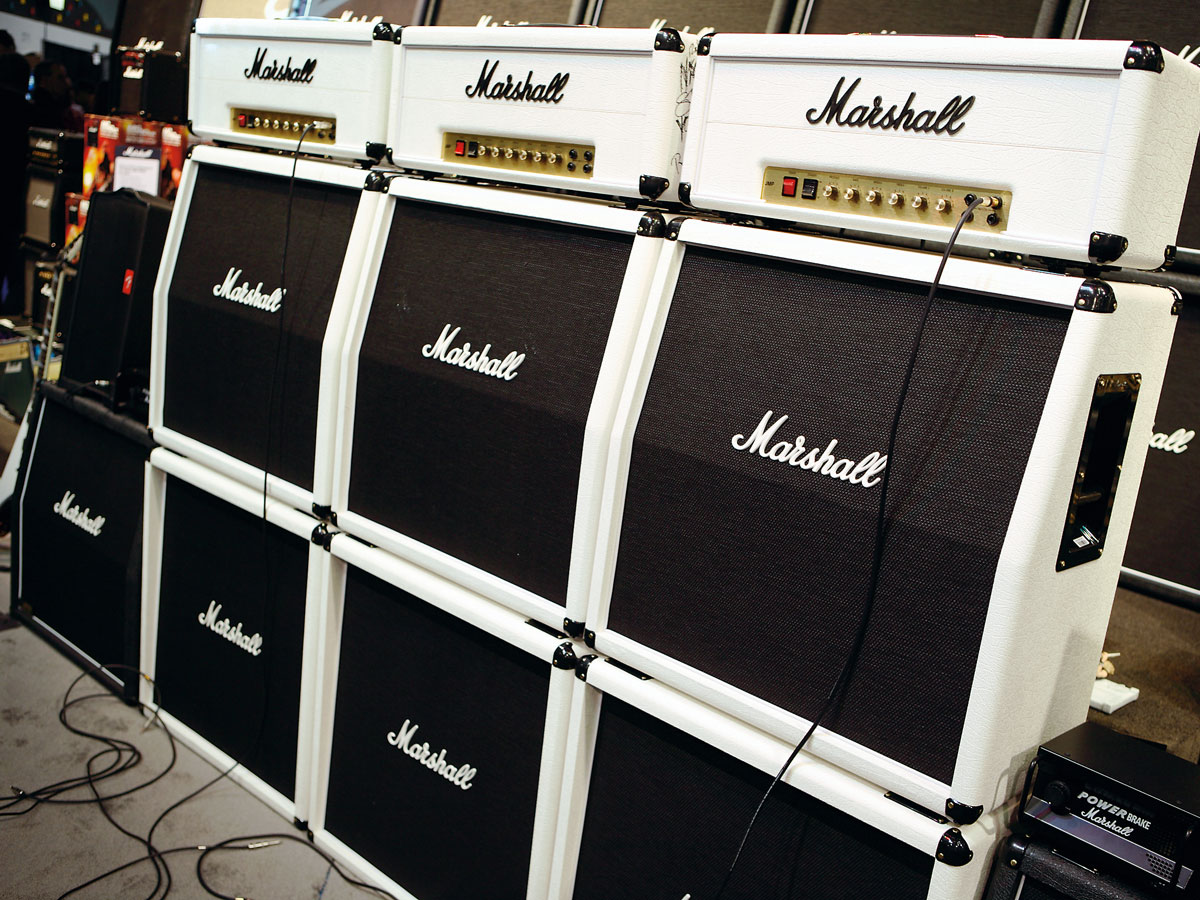
Disappearing stacks?
Lee Anderton: "I don’t think we’ll see the stack disappear - it might become less common in the local pub, but it’s never going to become extinct on the big stage."
Joel Richardson (Blackstar): "In the guitar-amplification market, both can sit side by side. For the pub gig, a feature-laden 1x12 combo is perfect, but when you play the local Corn Exchange or the equivalent larger venue, you want to stand in front of the half-stack, or better still, the full stack. It’s iconic and makes you play better - apparently."
"I don’t think that guitarists using technology to find new ways to perform means the end of the stack, any more than the synthesiser was the end of rock ’n’ roll" - Mike Cahill, Marshall
Shane Nicholas (Fender): "I think it’s a rite of passage. Guitar players that are young and energetic want to assert themselves by playing loud. Standing in front of a big rig on stage reinforces the image of strength and power.
"Maybe that’s why Ryan Adams performs with a refrigerator-sized Princeton Reverb behind him! He’s playing through a small 12-watt amp, but the stage presence is pure rock ’n’ roll... awesome."
Julian Ward (Yamaha): "The big, loud backline thing is done - but there are tons of questions for us to answer about how to make an amp that really works for how people are playing now.
"Digital’s going to be the future, although it might not look like it does now, and we’ve got to figure out how to make the sound - and maybe more importantly, the experience - of using a digital amp surpass tubes, and I don’t think we’re there yet for stage amps.
"I’d like to see us finding ways to leverage digital technology to make incredible-sounding, real-world usable amps that don’t require a huge behaviour modification if you grew up playing JCM800s!"
Mike Cahill (Marshall): "I don’t think that guitarists using technology to find new ways to perform means the end of the stack, any more than the synthesiser was the end of rock ’n’ roll, or television meant the end of cinema.
"In fact, one could argue that guitarists could have it both ways. With the advent of profiling, semi-pro and pro players can, of course, take all of their amp sounds on the road in electronic form and still crank it on stage - a profiled sound smashing it out of a wall of Marshall stacks? Why the hell not? There are Marshall artists who are already doing this: Matt Bellamy, for example."
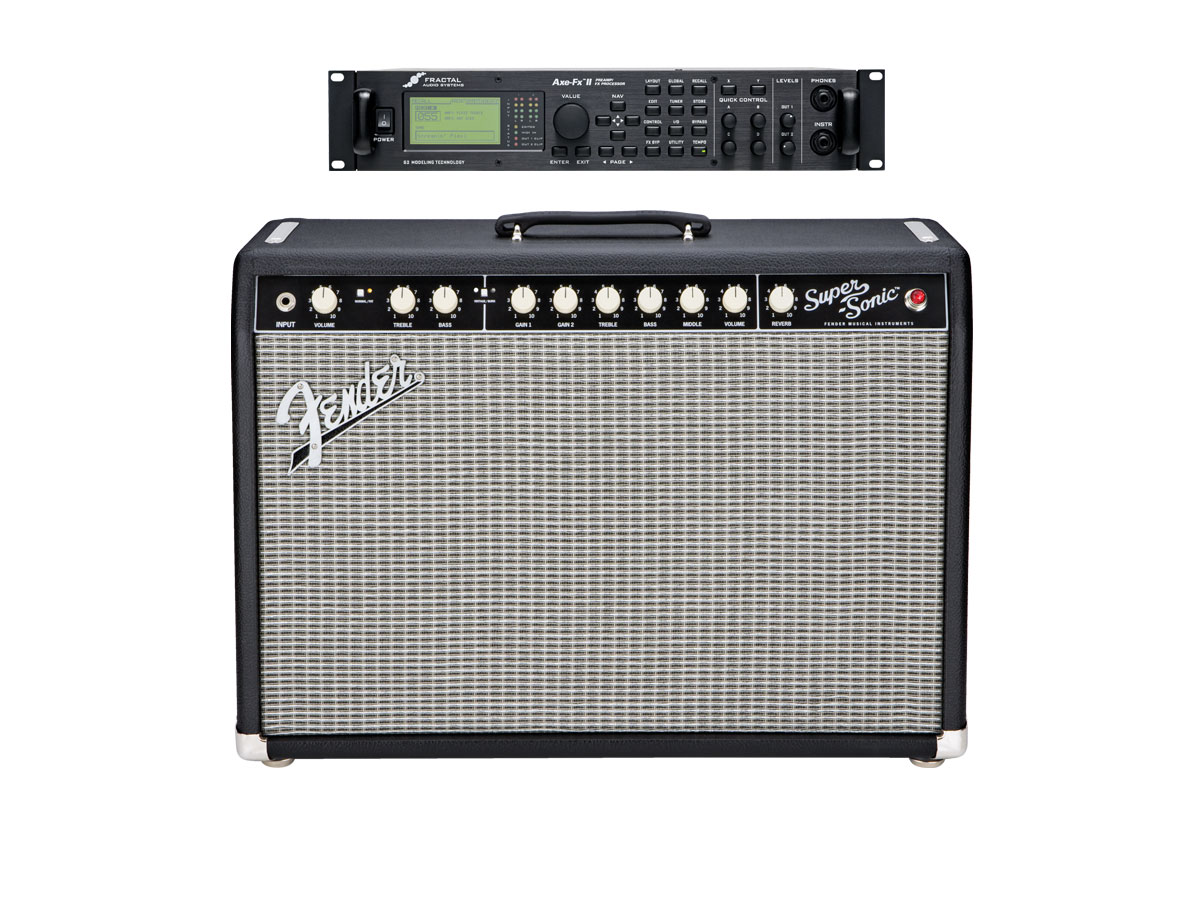
We say...
Like the Strat and Les Paul, the stack is simply too synonymous with the imagery and mythology of rock to be going away. And anyone who has ever stood in front of a high-powered head and cab will know it’s a thrilling sound to behold in the right hands.
"Clearly, things are changing in some quarters - both in the backline of big stages and with players on your local gigging circuit"
Yet clearly, things are changing in some quarters - both in the backline of big stages and with players on your local gigging circuit. There are more options now than ever, and technology is constant in its drive towards evolution and refinement.
Many amp companies that produce high-powered stacks are acutely aware of that, and are continuing to develop a range of products to suit different players’ needs, many with digital features.
The need to hear yourself on stage and connect with the experience of playing through a speaker certainly provokes debate. And even some players using modelling units will still want to use cabs.
One thing seems clear to us at least, co-existence is the key for traditional, proven values and the cutting edge of modelling. With the practical challenges presented by venue size, noise restrictions, recording environment and portability, it’s not always a case of either/or, but each advancing the other. Because, even though we’re celebrating anniversaries, the electric guitar is still a relatively young instrument with a lot more history to write.

Rob is the Reviews Editor for GuitarWorld.com and MusicRadar guitars, so spends most of his waking hours (and beyond) thinking about and trying the latest gear while making sure our reviews team is giving you thorough and honest tests of it. He's worked for guitar mags and sites as a writer and editor for nearly 20 years but still winces at the thought of restringing anything with a Floyd Rose.

